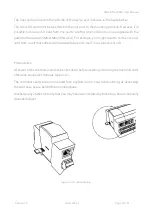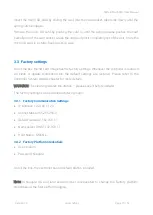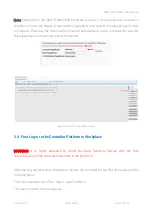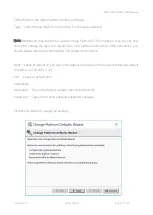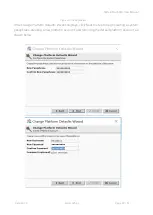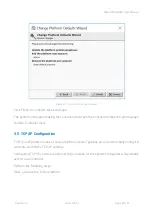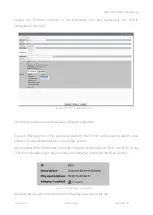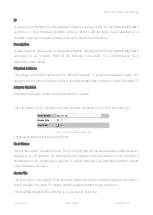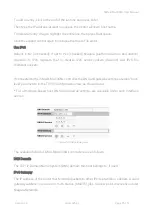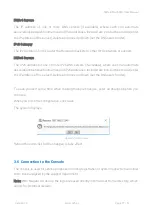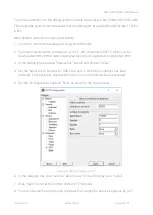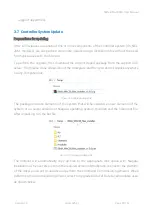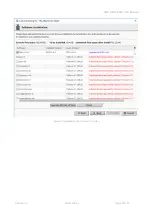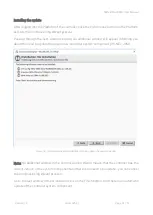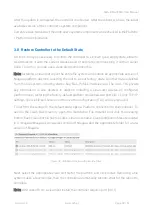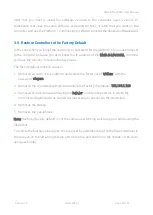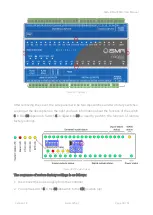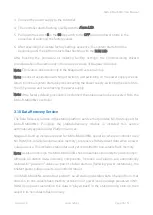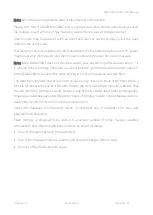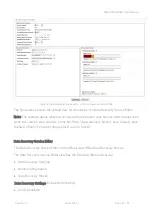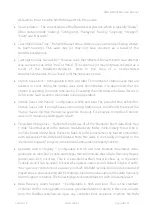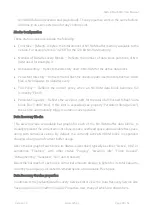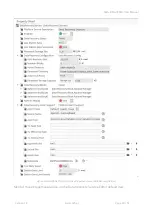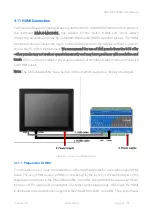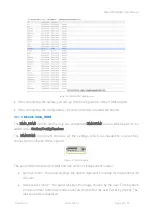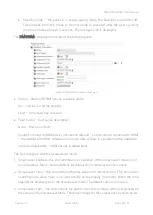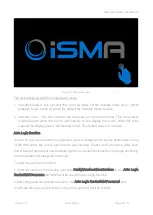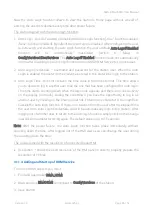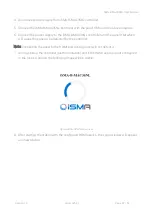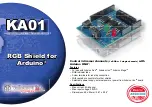
iSMA-B-MAC36NL User Manual
Version 1.4
www.gc5.pl
Page 32 / 51
After the update is completed, the controller is rebooted. After the reboot, we have the latest
available version of the
controller’s system component.
Current version numbers of the controller’s system component can be checked in the Platform
/ Platform Administration.
3.8
Restore Controller to the Default State
At times it may be necessary to restore the controller to a known good empty state, either to
recommission it with the current release build or before recommissioning it with an earlier
build. To do this, you can use a clean dist (distribution) file.
Note: Installing a clean dist wipes the entire file system and installs an appropriate version of
Niagara platform daemon, resetting the unit to a near factory state. All other data is deleted
from the file system, including station bog files, Px files, modules
, etc. The unit’s TLS private
key information is also deleted. In addition, installing a clean dist deletes all configured
platform users, restoring the factory-default platform credentials and port (3011). Only TCP/IP
settings, license file and secure communication configuration (TLS) will be preserved.
To perform the restore to the default state, open a Platform connection to the controller. To
access the Clean Dist directory, open the Distribution File Installer and click the Cleaning
button. Each clean dist file has the suffix -clean in its name. Clean distribution files are located
in C:\Niagara\Niagara-4.x\cleanDist version of Niagara and the appropriate folder for a later
version of Niagara.
Figure 30. Distribution File list with Clean Dist files
Next, select the appropriate clean dist file for the platform and click Install. Removing a file
system takes a few minutes, then the controller automatically reboots. Wait for the reboot to
complete.
Note: After reboot from a clean dist install, the controller requires port (3011).

